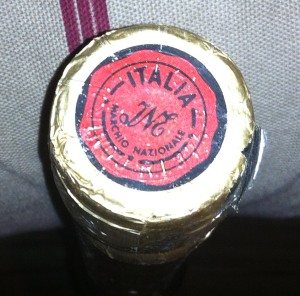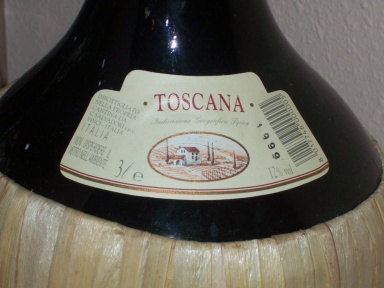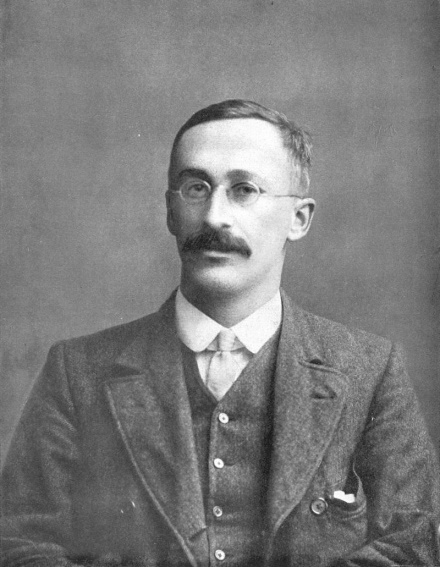I’ve heard two podcasts that contradict each other somewhat as far as what it is in red wine that’s good for you.
According to this Scientific American interview with Charles Bamforth it’s really the alcohol in wine that’s good for your arteries and so you might as well drink beer, and that in fact beer has some health advantages over red wine. Bamforth is the Anheuser-Busch Endowed Professor of Brewing Science at U.C. Davis. (Hmm …)
But according to the November 30, 2006 podcast from Nature, the procyanidins in red wine are particularly good for your arteries. While there may be health benefits from alcohol in general, red wine has unique benefits, especially red wines from certain regions.
Red wine contains the anti-oxidant resveratrol which has received a lot of press. Another Nature podcast (November 2, 2006) reports research that indicates resveratrol has increased life spans in experiments with yeast, flies, worms, and mice, and there is reason to believe it might do the same in humans. However, the amount of resveratrol in red wine is insignificant: you’d have to drink hundreds of gallons of wine a day to get a beneficial dose of resveratrol.
Unlike resveratrol, there are enough procyanidins in a glass of red wine to make a difference. This has been tested by extracting the procyanidins and testing it on cultured endothelial cells. Also, people live longer in the regions that produce wines especially high in procyanidins, namely Sardinia and southwestern France. Here’s the Nature article reporting the research.
It seems that it may not be the soil in certain areas but rather the wine making traditions that increase the procyanidin levels. Vintners in these areas leave the crushed grape seeds in with the juice longer.
Related posts





